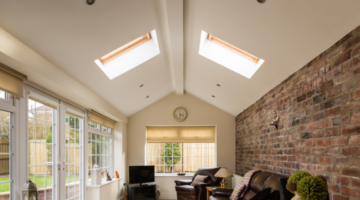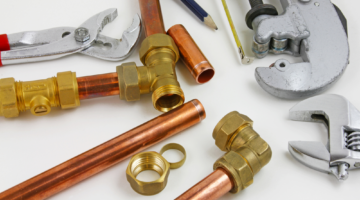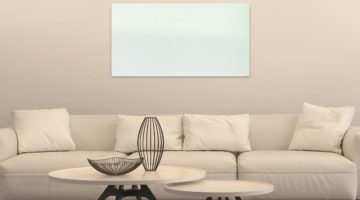
Unfortunately for those of us who are allergic to dust, allergies can go on for 12 months of the year. It is really hard to avoid as well, as every home, even the cleanest, will have some dust and dust mites. Of course, regular dusting and vacuuming, combined with hypoallergenic bed sheets will help control the allergies. But there is one thing that maybe you hadn’t thought of – your heating system.
 Why conventional heating is bad for allergy sufferers
Why conventional heating is bad for allergy sufferers
Let’s take a look first at radiators, the most common form of heating in a modern home. The radiators cause convection currents, where heat rises from the radiators and spreads out around the room. This form of heating creates small updrafts of air capable of moving the dust collected on surfaces into the air. You might not notice it at first, but when your heater is on, more dust will be circulating around the room, ready for you to inhale.
Forced air systems, like fan assisted storage heaters for example, are even worse, in that they will actively move the air and therefore the dust, around the room. The average allergy sufferer should notice that when the room warms, their allergies turn up a notch.
Heating without convection
As we have discussed in a previous blog, there is another way to heat a room – direct or radiative heating. Instead of heating the air, creating convective movement of the air in the room, a radiative heater like an infrared panel, will heat a surface rather than the air.
This is a much more gentle heating of a surface, with no resultant air movement. That’s great for allergy sufferers, because less air movement means less dust being thrown up around the room.
What will it cost and the other benefits?
Infrared heating is not cheap, but compared to other forms of heating, it isn’t prohibitively expensive either. A typical panel starts at just £179.99, so you could make your home low-allergy for a really affordable price.
Infrared also has a number of other advantages, which you can read about here. Put simply it is more efficient, more comfortable, better aesthetically and more reliable than other forms of electric heating.













No Comments yet! Be the first one.